Ming dynasty women’s hairstyles originally kept the style of the Song and Yuan dynasties and put their hair in a bun, but the bun was not as high as before.
After the reign of the Jiajing Emperor, the hairstyles of Ming dynasty women began to change a lot.
During Longqing Emperor’s reign, many women liked to wear a round, flat bun and decorated the top of the bun with flowers made of precious stones, which was called the “peach blossom bun”.
To match this hairstyle, young women also wear hair bands decorated with flowers.
After that, it became popular for women to wear their hair in a high bun, with gold and silver wire.
For a while, women’s groups also had more elegant hairstyles that tended to be long and round, without any hair ornaments.
Women in the Ming dynasty also imitated the hairstyle of Duo Ma Ji (堕马髻) in the Han dynasty, such as Tao Xin Ji (桃心髻) and San Liu Tou (三绺头).
Tao Xin Ji: A popular hairstyle in the Ming dynasty, women first had to comb the bun into a flat circle, and then decorate the top of the bun with flowers.
San Liu Tou: Had a prototype in the Tang and Song dynasties, and later developed to a new height in the Ming dynasty, which also played a fundamental role in the hairstyle of women after the Qing dynasty and even in modern times.
San Liu Tou is characterized by the hair being divided into three to comb separately, and converging together into a bun.
Ming dynasty women also used wigs.
There is a wig bun called “Di Ji (䯼髻 ; dí jì)”, which is a hair covering that is usually cone-shaped.
By the end of the Ming dynasty, the style of the wig bun was gradually improved. And the hairstyle could also be changed with headbands, and women’s hair bun styles renovated from time to time.
For headdresses, Ming dynasty women had more popular head coverings. Wrap the damask thread on the head, including the hair tie towel class decoration method.
This type of headdress is called “E Pa (额帕 ; é pà)” or “E Zi (额子 ; é zi)”, at first the production was relatively simple, and then paying attention to the cutting style, developed into a decorative rather than practical “Tou Gu (头箍 ; tóu gū)”.
It was usually worn by noblewomen and civilian women. Tou Gu was considered at that time a symbol of fashion, being the main feature of women’s headdresses in the Ming dynasty.
With the development of the handicraft industry, the production skills of women’s hair ornaments in the Ming dynasty were more refined and better than before.
Not only retaining the traditional production techniques since the Tang and Song dynasties, but also new methods imported from Western countries, which made the ornament designs more complex, refined, and characteristic.
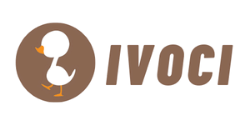
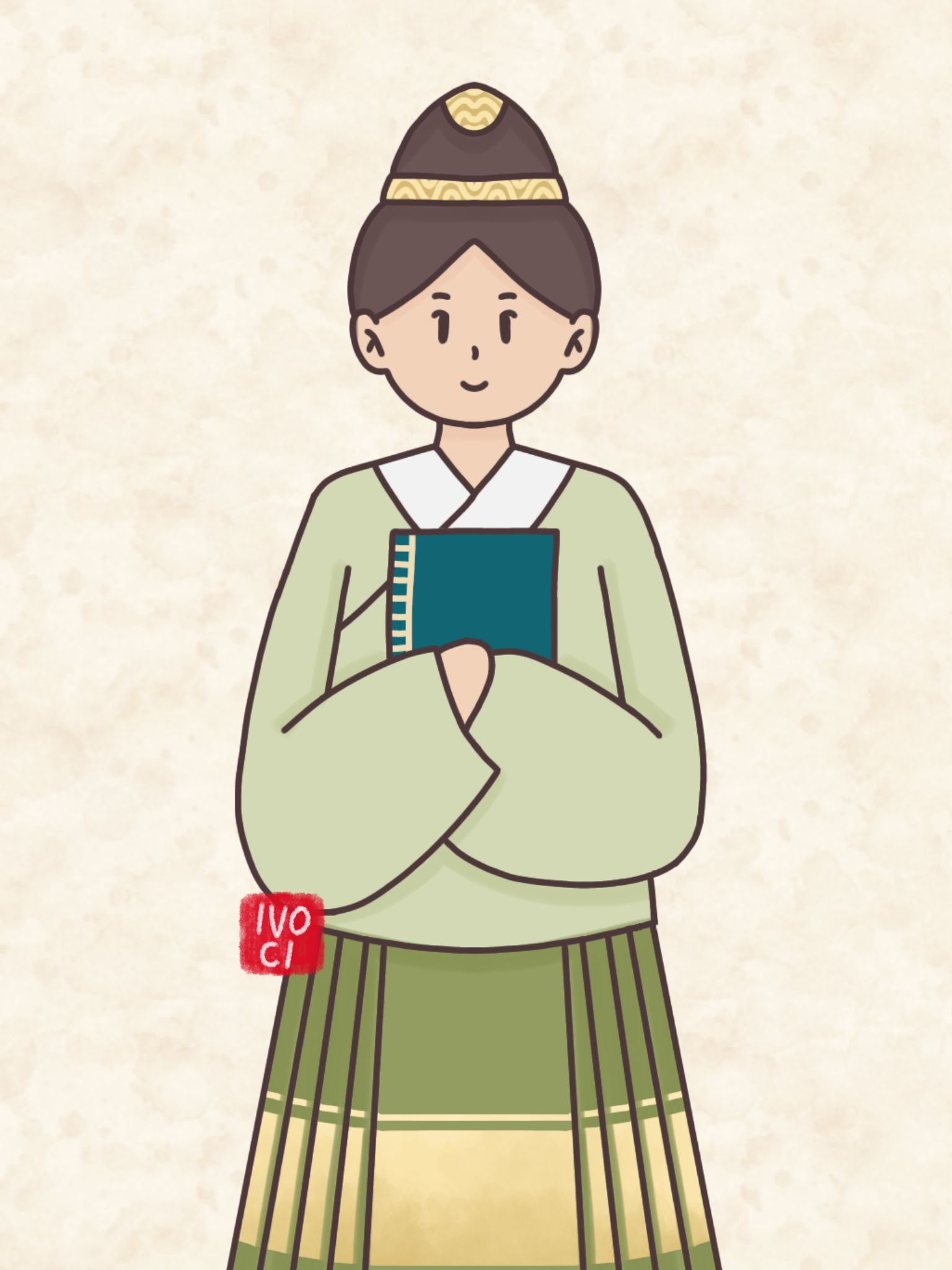
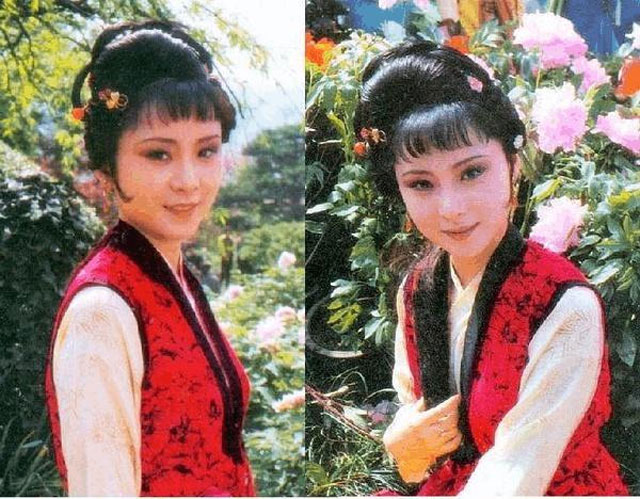
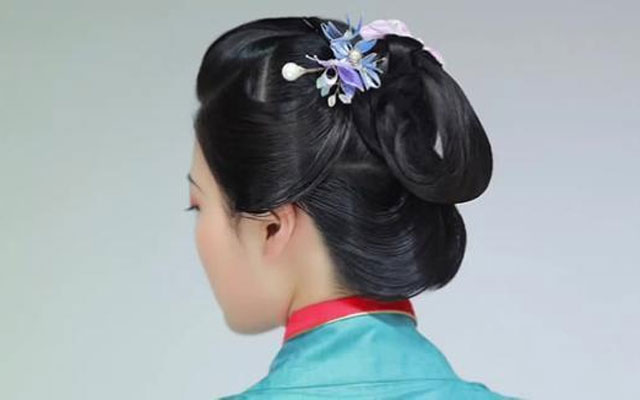
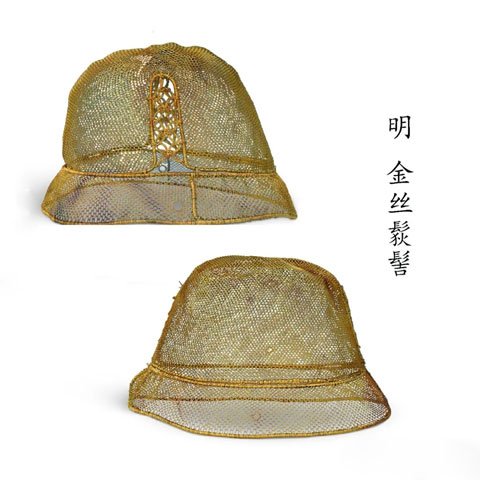
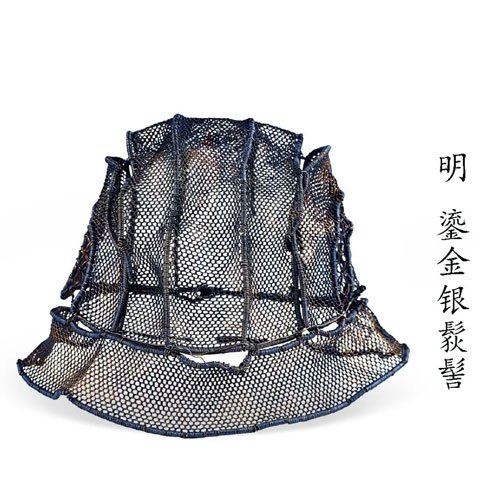
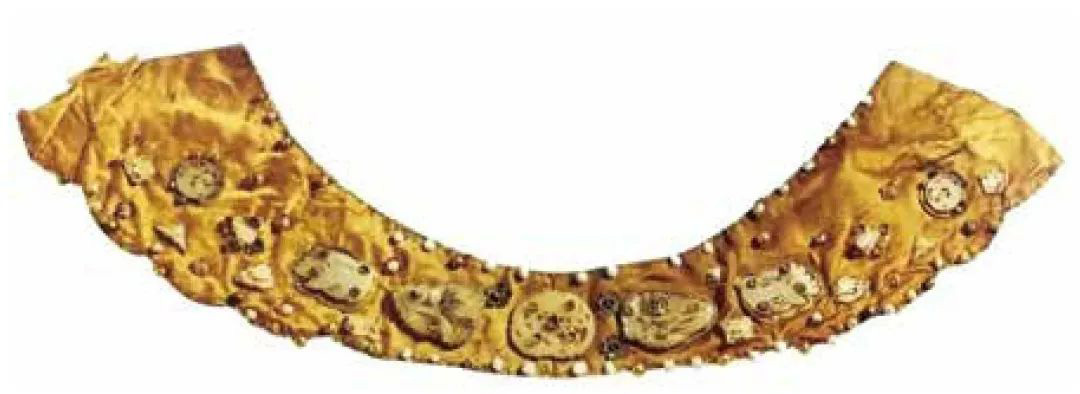
Leave a Reply